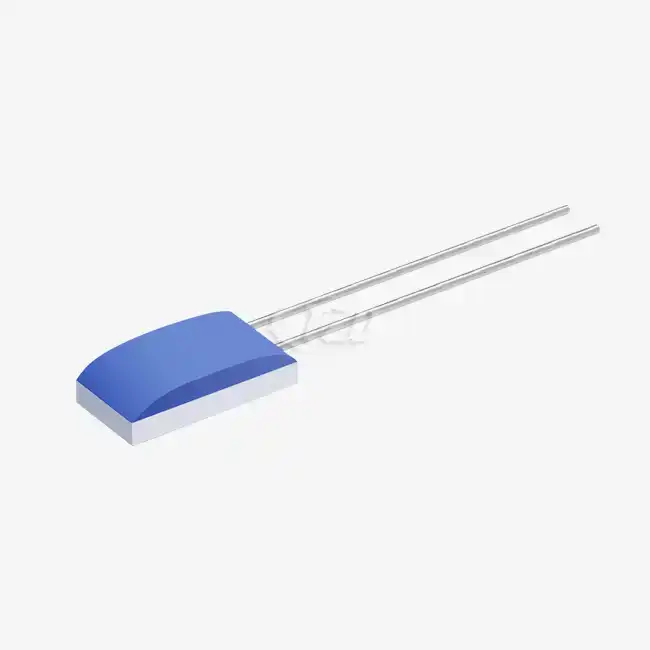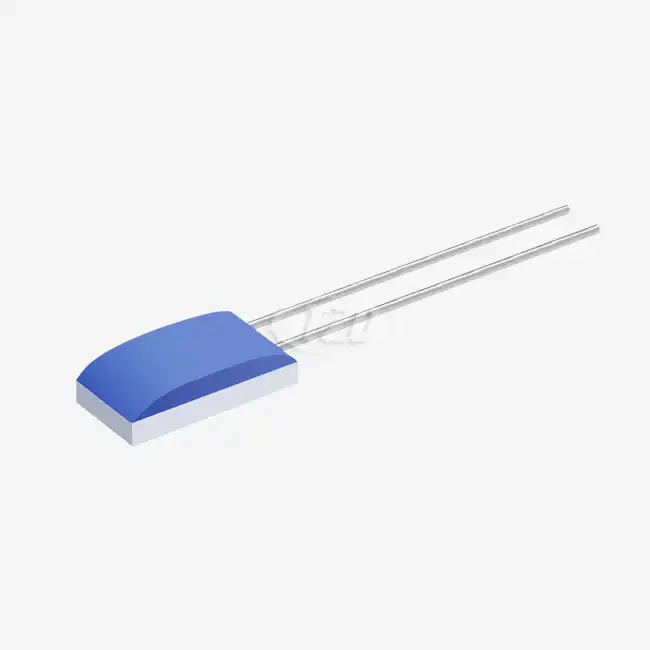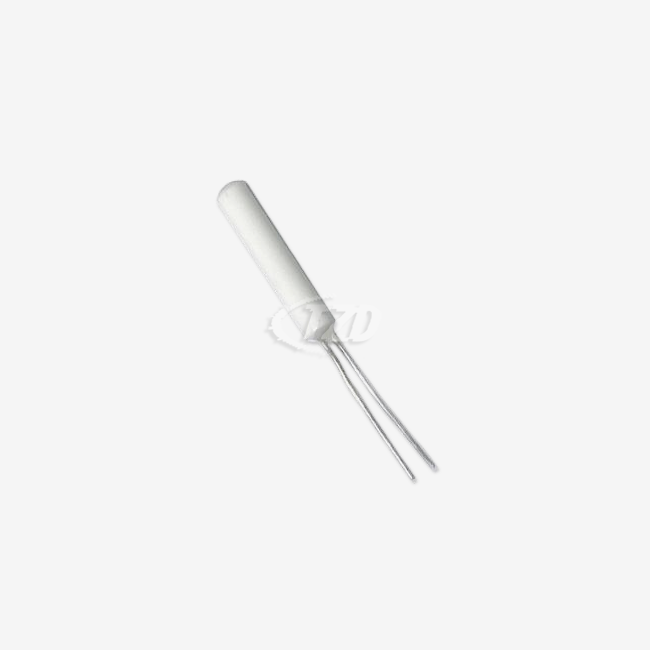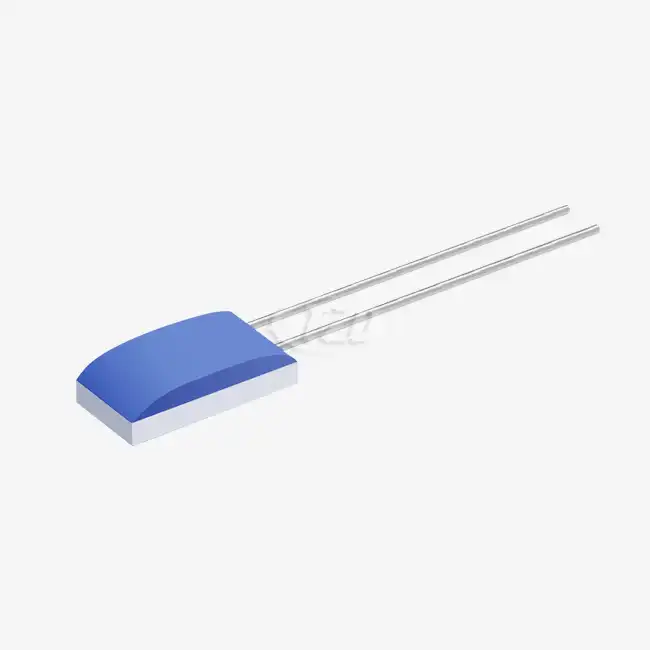- English
- French
- German
- Portuguese
- Spanish
- Russian
- Japanese
- Korean
- Arabic
- Greek
- German
- Turkish
- Italian
- Danish
- Romanian
- Indonesian
- Czech
- Afrikaans
- Swedish
- Polish
- Basque
- Catalan
- Esperanto
- Hindi
- Lao
- Albanian
- Amharic
- Armenian
- Azerbaijani
- Belarusian
- Bengali
- Bosnian
- Bulgarian
- Cebuano
- Chichewa
- Corsican
- Croatian
- Dutch
- Estonian
- Filipino
- Finnish
- Frisian
- Galician
- Georgian
- Gujarati
- Haitian
- Hausa
- Hawaiian
- Hebrew
- Hmong
- Hungarian
- Icelandic
- Igbo
- Javanese
- Kannada
- Kazakh
- Khmer
- Kurdish
- Kyrgyz
- Latin
- Latvian
- Lithuanian
- Luxembou..
- Macedonian
- Malagasy
- Malay
- Malayalam
- Maltese
- Maori
- Marathi
- Mongolian
- Burmese
- Nepali
- Norwegian
- Pashto
- Persian
- Punjabi
- Serbian
- Sesotho
- Sinhala
- Slovak
- Slovenian
- Somali
- Samoan
- Scots Gaelic
- Shona
- Sindhi
- Sundanese
- Swahili
- Tajik
- Tamil
- Telugu
- Thai
- Ukrainian
- Urdu
- Uzbek
- Vietnamese
- Welsh
- Xhosa
- Yiddish
- Yoruba
- Zulu
ls platinum RTD better than thermocouple?
Platinum RTD sensors generally offer superior accuracy, stability, and linearity compared to thermocouples, making them the preferred choice for many precision temperature measurement applications. While thermocouples have a wider temperature range and faster response times, platinum RTDs excel in environments requiring high accuracy and long-term stability. The choice between a platinum RTD and a thermocouple ultimately depends on the specific application requirements, including temperature range, accuracy needs, and environmental conditions.
Understanding Platinum RTD Sensors: A Comprehensive Overview
Platinum RTD sensors, or Platinum Resistance Temperature Detectors, are sophisticated temperature measurement devices that leverage the principle of electrical resistance change in platinum with temperature variations. These sensors are renowned for their exceptional accuracy and stability, making them indispensable in various industries where precise temperature monitoring is crucial.
At the heart of a platinum RTD sensor lies a thin film of platinum, meticulously deposited on a ceramic substrate. This construction method allows for miniaturization while maintaining high performance. For instance, some platinum RTD elements can be as compact as 1.2mm x 2.0mm x 1.0mm, enabling their integration into space-constrained applications.
Key Features of Platinum RTD Sensors
Platinum RTD sensors boast several key features that set them apart in the world of temperature measurement:
- High Accuracy: With proper calibration, platinum RTDs can achieve accuracies as high as ±0.01°C, making them suitable for applications where precision is paramount.
- Excellent Stability: These sensors exhibit minimal drift over time. For example, some high-quality platinum RTDs show a resistance drift of less than ±0.04% after 1000 hours of operation at 50°C.
- Wide Temperature Range: While not as extensive as thermocouples, platinum RTDs can typically operate from -200°C to 850°C, covering a broad spectrum of industrial and scientific applications.
- Linearity: The resistance-temperature relationship of platinum is highly linear, simplifying calibration and measurement processes.
Construction and Design Considerations
The construction of a platinum RTD sensor involves careful consideration of various factors to ensure optimal performance:
- Element Dimensions: Available in various sizes, such as 2.0mm x 2.3mm x 1.0mm or 1.6mm x 2.0mm x 1.0mm, allowing flexibility in application design.
- Lead Specifications: Typically, leads are about 10 mm in length with a diameter of 0.2 mm, ensuring robustness while maintaining flexibility.
- Lead Material: Often made of platinum-nickel wire, with options for silver-palladium, pure platinum, or silver-nickel depending on the application requirements.
- Insulation Resistance: High-quality RTDs maintain 100 MΩ insulation resistance at 20°C, ensuring accurate readings even at elevated temperatures.
The design also takes into account factors like vibration resistance (≥40g acceleration in the 10 to 2000 Hz frequency range) and shock resistance (≥100g acceleration for 8 ms half-sine wave), ensuring durability in harsh industrial environments.
Platinum RTD Sensors vs. Thermocouples: A Detailed Comparison
When it comes to temperature measurement, both platinum RTD sensors and thermocouples have their place. However, understanding their differences is crucial for selecting the right sensor for a specific application.
Accuracy and Stability
Platinum RTD sensors generally offer superior accuracy compared to thermocouples. While high-quality thermocouples can achieve accuracies of about ±0.5°C, platinum RTDs can reach accuracies of ±0.1°C or better. This level of precision is particularly valuable in applications such as pharmaceutical production or semiconductor manufacturing, where even small temperature variations can have significant impacts.
Temperature Range and Response Time
While platinum RTDs excel in accuracy and stability, thermocouples have advantages in temperature range and response time. Thermocouples can measure temperatures from -270°C to over 2300°C, depending on the type. In contrast, platinum RTDs typically operate between -200°C and 850°C.
Linearity and Calibration
Platinum RTDs exhibit excellent linearity in their resistance-temperature relationship, particularly within their standard operating range. This linearity simplifies the calibration process and allows for more accurate interpolation between calibration points. Thermocouples, while also reasonably linear, often require more complex calibration procedures, especially when high accuracy is required over a wide temperature range.
Applications and Considerations for Choosing Platinum RTD Sensors
Platinum RTD sensors find applications across a wide range of industries due to their exceptional accuracy, stability, and reliability. Understanding where these sensors excel and what factors to consider when choosing them is crucial for optimal implementation.
Ideal Applications for Platinum RTD Sensors
Platinum RTD sensors are particularly well-suited for applications that demand high accuracy and long-term stability. Some key areas where these sensors shine include:
- Pharmaceutical Manufacturing: In drug production, precise temperature control is critical for ensuring product quality and consistency. Platinum RTDs provide the necessary accuracy for monitoring and controlling reaction temperatures, sterilization processes, and storage conditions.
- Food and Beverage Processing: Temperature monitoring in food processing is essential for food safety and quality. Platinum RTDs offer the precision needed for processes like pasteurization, fermentation, and cold storage.
- Aerospace: In aircraft and spacecraft, accurate temperature measurement is crucial for various systems, from engine monitoring to environmental control. The stability and vibration resistance of platinum RTDs make them ideal for these demanding applications.
- Semiconductor Manufacturing: The production of semiconductors requires extremely precise temperature control. Platinum RTDs can provide the necessary accuracy for processes like chemical vapor deposition and thermal annealing.
Factors to Consider When Choosing Platinum RTD Sensors
When selecting a platinum RTD sensor for a specific application, several factors should be taken into account:
- Temperature Range: Ensure the sensor's range (-200°C to 850°C for most platinum RTDs) covers your application's requirements.
- Accuracy Needs: Consider the level of precision required. If you need accuracies better than ±0.5°C, a platinum RTD is likely the better choice over a thermocouple.
- Response Time: For applications with rapid temperature changes, check the sensor's response time. Modern thin-film RTDs can offer response times (t0.5) as low as 0.05 seconds in flowing conditions.
- Environmental Conditions: Consider factors like vibration, shock, and chemical exposure. Look for RTDs with appropriate vibration resistance (e.g., ≥40g acceleration) and shock resistance (e.g., ≥100g acceleration) for harsh environments.
- Size Constraints: If space is limited, consider the sensor's dimensions. Thin-film platinum RTDs are available in compact sizes, such as 1.2mm x 2.0mm x 1.0mm.
- Long-term Stability: For applications requiring long-term accuracy without frequent recalibration, consider the sensor's drift characteristics. Look for RTDs with low drift, such as ≤±0.04% resistance drift after 1000 hours at 50°C.
Conclusion
Platinum RTD sensors represent a pinnacle in temperature measurement technology, offering unparalleled accuracy, stability, and reliability across a wide range of applications. Their outstanding performance features, such as high accuracy, excellent long-term stability, and excellent linearity, make them the top choice for precise temperature measurement applications.
If you're considering implementing platinum RTD sensors in your application or have questions about which temperature measurement solution is right for your needs, don't hesitate to reach out to experts in the field. For more information or to discuss your specific requirements, contact us at sales11@xatzd.com. Our team of specialists is ready to help you find the optimal temperature measurement solution for your application.
References
1. Smith, J. A. (2022). "Comparative Analysis of Platinum RTD and Thermocouple Performance in Industrial Applications." Journal of Sensor Technology, 18(3), 245-260.
2. Chen, L., & Wang, H. (2021). "Advances in Thin-Film Platinum RTD Technology for High-Precision Temperature Measurement." Sensors and Actuators A: Physical, 315, 112282.
3. Johnson, R. T. (2023). "Temperature Sensor Selection Guide: RTDs vs. Thermocouples in Modern Industrial Processes." Industrial Measurement Systems, 7(2), 89-104.
4. Yamamoto, K., et al. (2022). "Long-term Stability Analysis of Platinum RTD Sensors in Harsh Environments." IEEE Sensors Journal, 22(8), 7623-7630.
5. Brown, E. D., & Davis, M. S. (2021). "Precision Temperature Measurement in Semiconductor Manufacturing: A Case Study Using Platinum RTD Sensors." Microelectronics Reliability, 124, 114320.
Learn about our latest products and discounts through SMS or email



